• Introduction
• Pitching template
• Audio
• Creating short videos for SciDev.Net
• Exporting
• Credits
• Fonts
• Captions
• Open libraries
• Cue and cover photo
• Payments
• Checklist
Introduction
When pitching a multimedia piece, it is important to make sure that topic and medium work together, and to structure the narrative accordingly. Topics with a strong visual angle (nature, technology) may be best as a video or an audio slideshow, while a podcast may be the right solution for an interview piece.
Audio slideshows do not always work best with a formal narration. Instead, it is often better for the producer to allow the interviewees and audio to tell the story alone.
The ideal pitch should present a strong scientific idea combined with any other angle, such as environment, social issues, R&D or education.
Pitching template
To help the journalist clarify their proposal, SciDev.Net provides a template that should be completed with information about the story, interviewees and narrative structure.
The template includes a field for personal details and the journalist is also required to indicate an approximate submission date.
Audio
The maximum length of an audio piece is normally seven minutes, but in exceptional circumstances longer pieces will also be accepted after discussion with the editor. The audio piece should be completed with an intro and outro that will be provided at the time of the commission.
Interviews should start with the interviewees briefly introducing themselves. Questions can be either recorded together with the interview, or added later. In both cases, it is important to check the sound levels.
Interview headlines should focus on content rather than the name of the speaker unless the speaker’s name will add value to the piece.
The quality of audio is very important, so noisy environments should be avoided and the microphone should be placed or held close to the interviewee. If the quality is poor, little can be done in postproduction to adjust it. The best way of making sure that the final audio is good enough is to collect good quality material.
Creating short videos for SciDev.Net
Procedure summary
i) Select the segment you want to publish and write down the time stamp. If possible it is also useful to say where in the dialogue you want the cuts made, e.g. “The really important thing is…” to ….change the world as we know it.”
ii) Transcribe the section you want to publish, and provide timestamps every 10-15 seconds if it is a translation
iii) Write captions for each speaker, including name, location, position, affiliation
iv) Send to the Digital Producer using We Transfer for proofing and forwarding to the Design Studio for editing
v) Design Studio then sends back ready-to-publish video.
Length
The best videos for scidev are about one minute long. In case the video is longer than 2 minutes, please check with the managing editor before sending for proofing and editing.
Subtitles/captions
Always provide transcriptions and captions for your videos.
Provide captions explaining who is speaking, their position and their organisation and possible location.
Quality
While the idea is to produce light videos for web use, we do need to maintain a minimum level of quality. This means that jolting or obvious shaking is unacceptable, and that a lapel mic must almost always be used.
Editing
It is better to avoid editing your videos, instead sending us the time stamp of where you would like cuts made. If you do decide to edit, please note that jump cuts are not acceptable.
Exporting
Most exporting formats are acceptable, but the producer should aim for the best possible resolution. However, the size of the piece shouldn’t exceed 200-230MB to avoid uploading problems. Examples of acceptable exporting settings (for Premiere Pro) are:
• Format: H264 – preset: Match Source – High Bitrate
• Format: H264 – preset: PAL DV
• Format: H264 – preset: PAL DV Widescreen
• Format: H264 – preset: YouTube HD720p 23.976
Credits
Credits should go at the end of the piece, before the outro. They should include the name of the producer and the engineer (where needed), music credits (where needed) and the name of the photographer. Pictures sourced on the internet are acceptable only if they have a Creative Commons licence and if the copyright is owned by an institution and not by an individual.
See example.
Pictures should always be high resolution and, where possible, original, although a few images from Flickr or Wikimedia may be acceptable.
When recording a voiceover from a script, it is useful to consider that 80 scripted words are roughly equivalent to one minute of audio.
A video piece should start with a three- to four-second section to introduce the topic with one or two strong images and a touch of music or natural background sound.
See example.
In general, in an audio slideshow, a still image should last about six seconds, but this may vary depending on the narration and the movement of the images. Images should always move slowly to avoid a ‘sea sickness’ effect.
Images should not be repeated in the same piece and graphic effects that may be distracting or inconsistent with the colours and layout of the SciDev.Net website should be avoided.
See example.
Photo and video cameras can be set to show a grid that helps with framing interviews and other scenes. A general rule is to frame the interviewee at three-quarters of the screen, the so-called ‘rule of thirds’. The interviewee should never look straight into the camera but at approximately 30 degrees from it.
Fonts
Fonts for captions, subtitles and other graphic elements will be provided at the time of the commission. These are Caecilia Com 55 Roman and ITC AvantGarde Bold.
Captions
Captions should be black (or white if the background is dark) with an outer stroke of about 20 points. The name of the interviewee should go in ITC, about 50 points, qualification in Caecilia ~45 points. Settings for shadow should be 50 per cent opacity, 10 points distance, 30 points spread.
Example of caption (name)
Example of caption (qualification)
Do not use full stops at the end of captions.
This video shows the best way to frame an interview and how to use captions…
Open libraries
It is best practice to collect original sound effects, pictures and video footage, but that is not always possible. The missing multimedia bits can be sourced online.
These are open resources for sound effects, video footage and music. A registration may be required, but all these tools are free of charge:
• Sound effects: http://www.freesfx.co.uk
• Jamendo (music): http://www.jamendo.com/en/
• HD stock footage: http://vimeo.com/groups/freehd
• X Stock Video: http://www.xstockvideo.com
The cloudy sky used as an intro for this piece was sourced on X Stock Video, and the thunder sound effect comes from Freesfx.
Cue and cover photo
Every multimedia piece should be submitted along with one or two high-resolution images to be used as a cover photo. Image size should be at least 1024×680 pixels. The image should illustrate the topic of the piece in a captivating way.
If the piece is a question and answer, the image should be a portrait of the interviewee.
The piece should be accompanied by a written introduction of no more than 200 words. This ‘cue’ should provide background and put the piece in context, without revealing too much. Its main purpose is to entice visitors to click on the multimedia piece itself.
See example.
Did you?
• Make sure that your audio and your visuals are of good quality?
• Frame your interviews following the rule of thirds?
• Follow the guidelines on maximum length of the pieces (seven minutes for audio and three and a half to five minutes for video)?
• Include intro and outro?
• Use the right fonts for captions and the title in the video?
• Include credits?
• Export your video/audio in a suitable format?
• Write a cue of no more than 200 words?
• Select a suitable high-resolution cover image of at least 1024×680 pixels
Payments
Freelance journalists can submit their invoice once the multimedia piece has been accepted. Rates are to be negotiated with the editor according to production time and quality of audio, video and pictures.
This will happen before the piece is commissioned. SciDev.Net will also pay reasonable additional expenses. These should also be discussed and factored in prior to commissioning.
SciDev.Net may also purchase batches of extra photos and footage at the rate of £4 per photo. Rates for footage are to be negotiated with the editor.
Checklist
Back to Styleguide home page
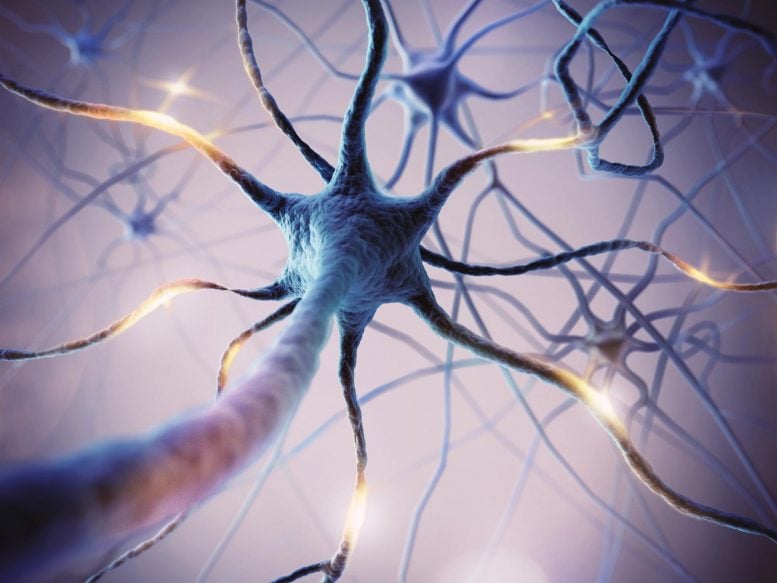
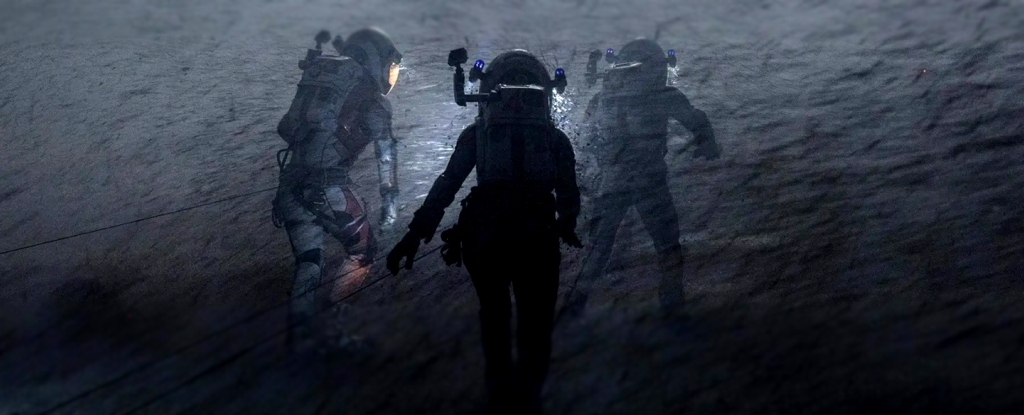
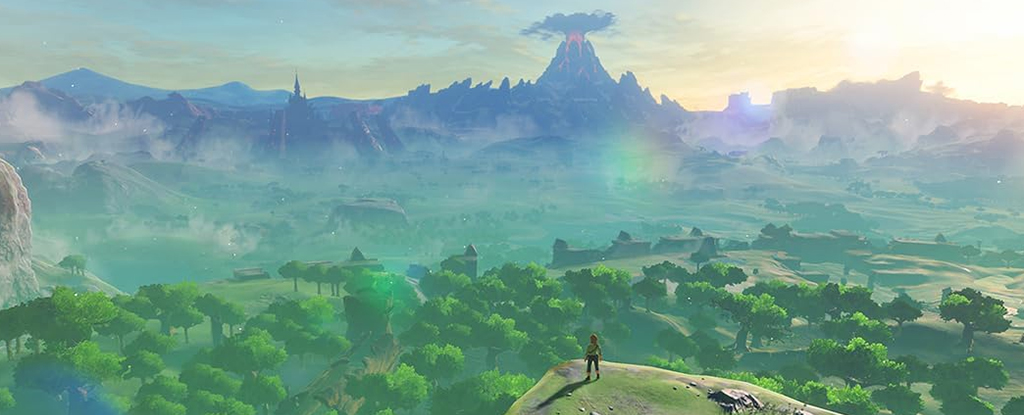

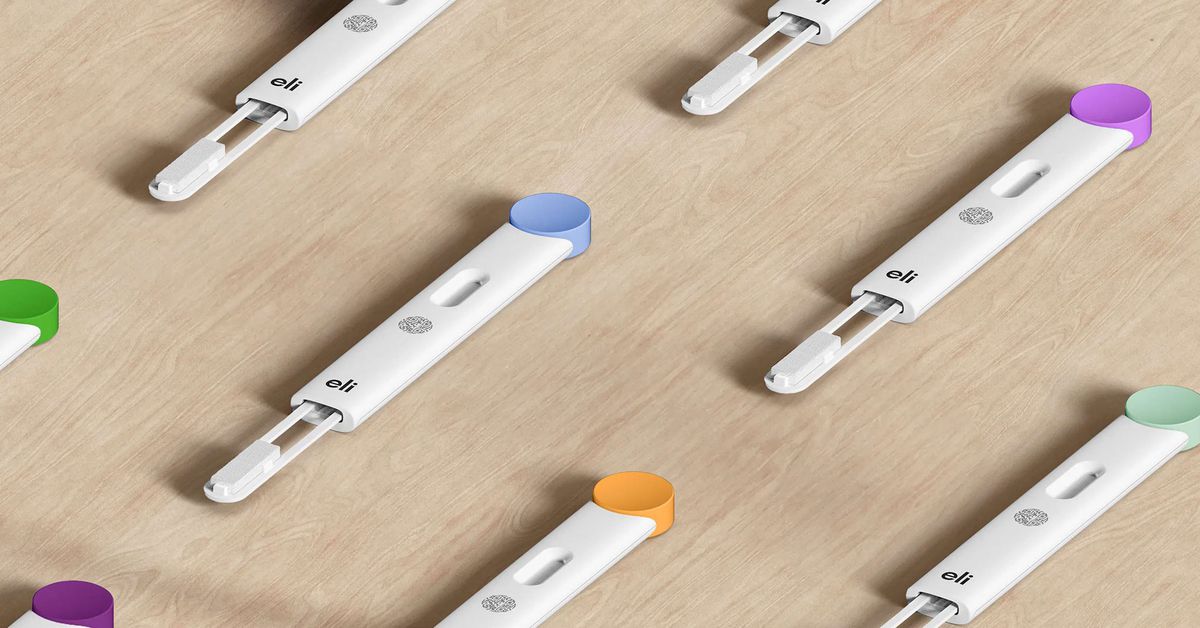


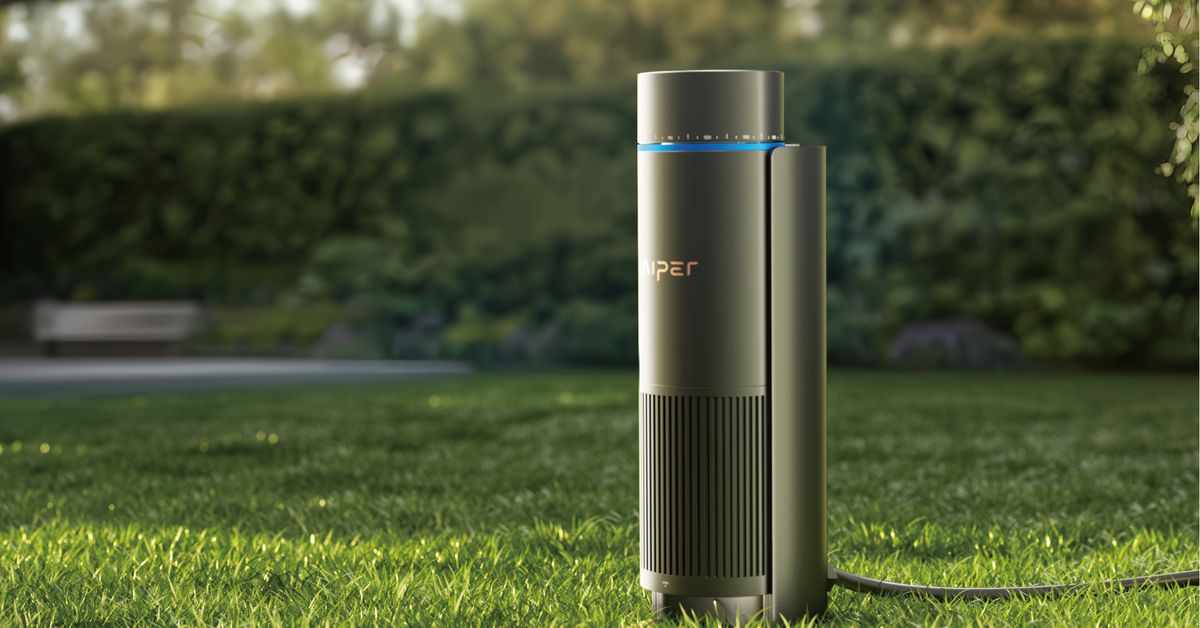

Leave a Comment